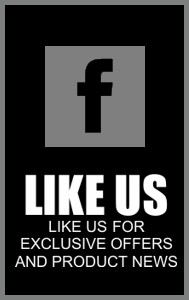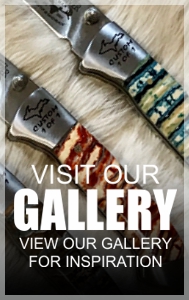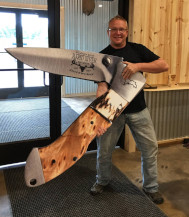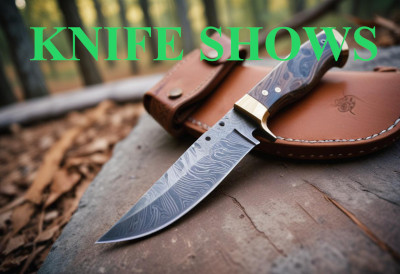|









































|
| | |
|
Choosing the Right Edge: Exploring the Options for Hunting Knife Blades
Introduction: When it comes to hunting knives, one important consideration is the type of blade edge. The choice between a plain edge, a serrated edge, or a combination of both depends on various factors, including the intended use and specific hunting situations. In this article, we'll explore the characteristics and benefits of each edge type, helping you make an informed decision for your hunting needs. Let's dive in!
Plain Edge: A hunting knife with a plain edge features a continuous cutting edge without any serrations. Here are some key advantages of a plain edge:
-
Precision and Control: The plain edge allows for precise and controlled cutting, making it ideal for tasks that require accuracy, such as skinning, caping, or performing delicate cuts.
-
Ease of Sharpening: Sharpening a plain edge is relatively straightforward, as you can use traditional sharpening methods like whetstones or honing rods. Maintaining a razor-sharp edge is more achievable with a plain edge.
-
Versatility: A plain edge excels in a wide range of hunting situations, from dressing games to general utility tasks. It offers the flexibility to handle various cutting needs encountered during hunting trips.
Serrated Edge: A serrated edge features small, jagged teeth along the blade. Consider the following advantages of a serrated edge on a hunting knife:
-
Cutting Tough Materials: The serrations on the edge excel at cutting through tough materials, such as fibrous tissues, sinew, or rope. They provide extra gripping power and enable effective slicing through challenging surfaces.
-
Durability: Serrations can help prolong the sharpness of the blade by distributing wear across the teeth. They can be particularly useful in situations where a plain edge might be more prone to dulling or getting damaged.
-
Emergency Situations: A serrated edge can be valuable in emergency scenarios where you might need to cut through tough materials quickly, such as freeing yourself from entanglements or creating improvised tools in survival situations.
- Sharpening a Serrated Edge is a little more difficult than a plain edge.
Combination Edge: A combination edge offers the best of both worlds by featuring a partially serrated section and a plain section on the blade. Here's why it can be advantageous:
-
Versatility: The combination edge provides the versatility to handle a wider range of cutting tasks. The plain edge is ideal for precise work, while the serrated portion excels at tackling tougher materials.
-
Adaptability: In hunting situations that require both delicate cuts and cutting through challenging materials, a combination edge can be highly adaptable and convenient, saving you from having to carry multiple knives.
Choosing the Right Edge for Different Hunting Situations: Ultimately, the choice of edge type depends on the specific hunting situations you anticipate. Consider the following guidelines:
-
Skinning and Caping: A plain edge is generally preferred for precise and controlled cuts required during skinning and caping activities.
-
General Utility and Emergency Situations: A combination edge or a serrated edge can be advantageous in scenarios where you might encounter tougher materials or require quick cutting in emergency situations.
-
Personal Preference: It's essential to factor in your personal preferences and the tasks you commonly encounter during hunting trips. Experimenting with different edge types can help you determine what works best for you.
Conclusion: When it comes to hunting knives, the choice between a plain edge, a serrated edge, or a combination of both depends on the specific needs and situations you anticipate. Consider the advantages of each edge type, such as precision and control for a plain edge, cutting power for a serrated edge, or versatility for a combination edge.
Remember, selecting the right hunting knife involves considering various factors, including the intended use, personal preferences, and the specific tasks you expect to encounter in the field. By making an informed choice, you'll have a reliable hunting tool that enhances your overall hunting experience.
Good Luck Hunting!
| |
| | |
|




That is one big knife!



|
|